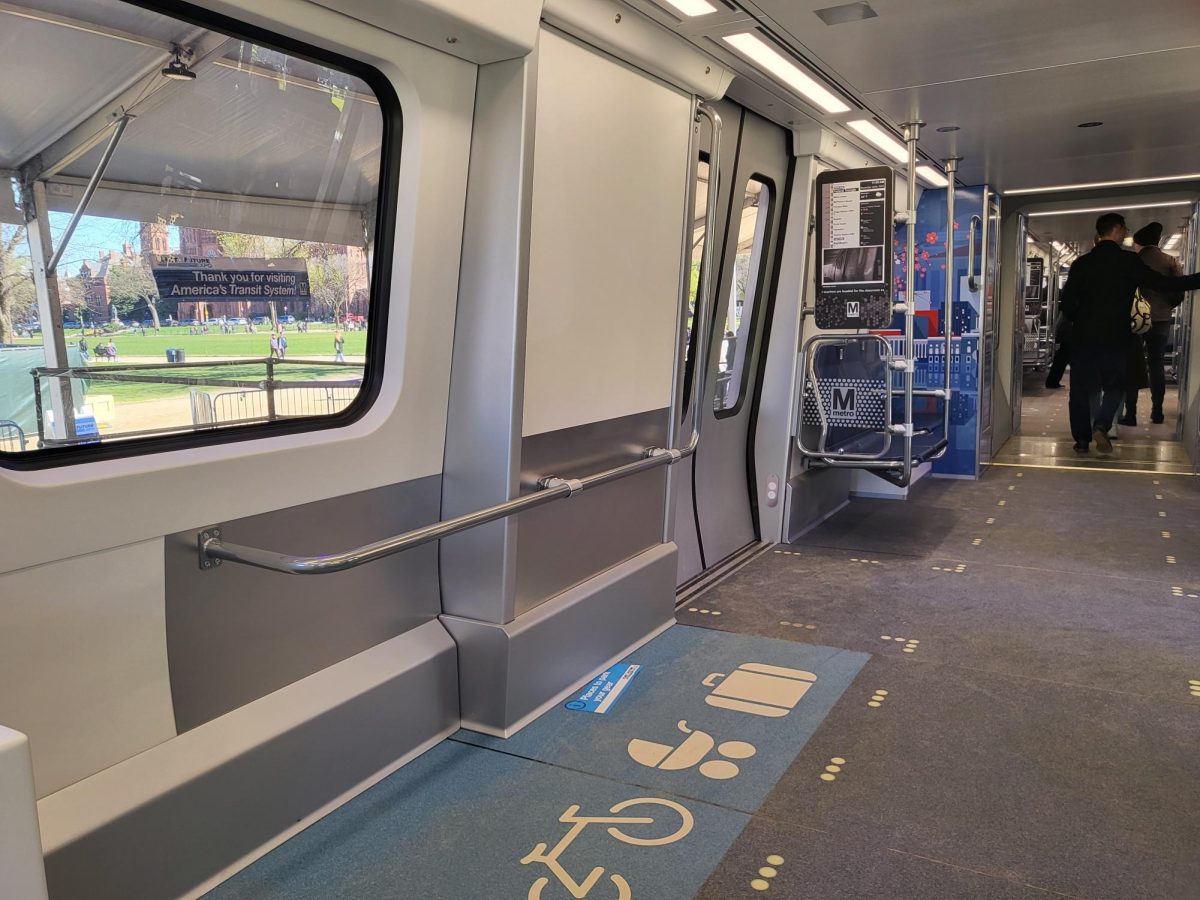As the temperatures drop below freezing and the leaves have fallen off the trees, everyone is thrilled for Christmas. The festive aura is setting in as people adorn their living rooms with wreaths and lights. The plethora of Christmas traditions are all so familiar, but why do we celebrate them to begin with? From third century Europe to today, let’s delve into the origins of the beloved holiday.
The legend of one of Christmas’s most iconic figures, jolly Saint Nicholas, can be traced back to 280 A.D. in the ancient city of Patara. It was here on the southwest coast of Turkey where Nicholas was born to a wheat merchant. Stories tell of his travels to the countryside to help those in need, making popular his name across most of Europe. The name St. Nicholas appeared in America by the start of the 19th century, especially gaining popularity during his death anniversary on December 6th, which conveniently falls around Christmas. The jolly saint from Turkey quickly became associated with the holidays and today the name Santa Claus is engraved in Christmas tradition.
Setting up a Christmas tree is a staple tradition during the early days of December. Nearly everyone who celebrates this holiday will cover their tree with a variety of ornaments and place presents under the tree. The origin of this tradition emerged in western Germany ever since the tree was the main prop of a medieval play about Adam and Eve. It was considered the “paradise tree,” a fir tree hung with apples that represented the Garden of Eden. Every December 24th, the Germans would set up this paradise tree in celebration of the religious feast day of Adam and Eve. Additionally, there was the “Christmas Pyramid,” a wooden structure shaped like a triangle with shelves to accommodate Christmas figurines and decorations like candles, evergreens, and a star. In the late 16th centuries, these two traditions merged into one creating the Christmas tree that we are familiar with today.
Many proudly hang stockings over the fireplace mantel, staircase, or windowsill. While there is no concrete evidence why stockings have found their way into common Christmas tradition, legends provide insight into the history of this custom. Saint Nicholas of Myra, a true inspiration behind Santa Claus, was a very rich man who lived during the fourth century in modern day Turkey. Nicholas was particularly known for his charity as one late night, he dropped a bag of gold down a man’s chimney knowing the man would never accept the gift willingly. Santa and the stocking became legend when the bag fell into a stocking that was hanging over the fireplace. The man could now afford gifts for his daughters thanks to the charitable gift from Santa. Although a tale, stockings are now enshrined in the Christmas tradition, meaning more gifts for everyone.
While reindeer are not associated with any Christmas traditions, they are still an icon related to the holiday. Unlike elves, these creatures are real and are also known as caribou. The transition from caribou to reindeer occurred in 1821 where the children’s poem, Old Santeclaus with Much Delight, published in New York, features Santa’s sleigh being drawn by a reindeer. Two years later, Clement C. Moore made the profound poem titled ‘Twas a Night Before Christmas. This poem is mostly acknowledged for creating the eight reindeer myth that permeates modern Christmas culture, “Now, Dasher! Now, Dancer! Now, Prancer and Vixen!
On, Comet! on, Cupid! On, Donner and Blitzen!” The story of Rudolph was later made over a century later. From folklore to Christmas carols, this animal has influenced Christmas culture. Without reindeer, how would Santa get around?









